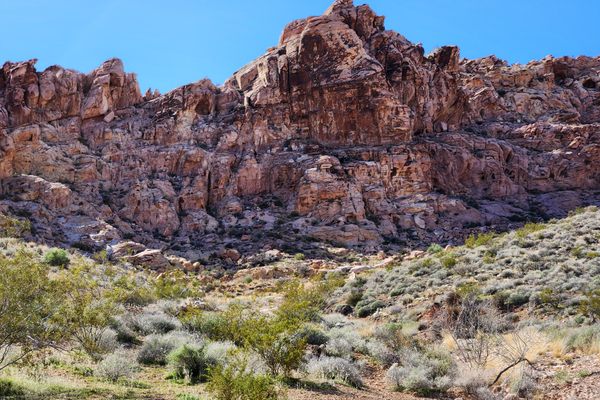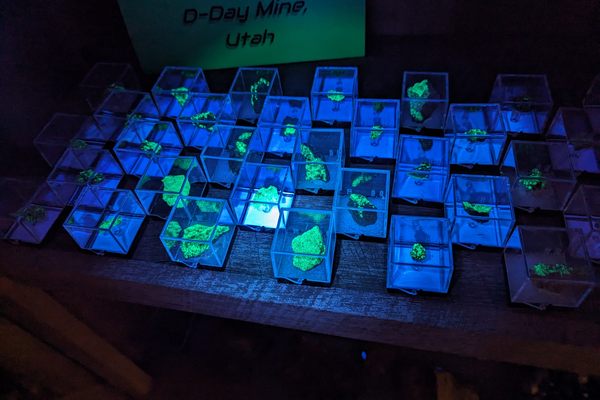About
Resting in a forest in Massachusetts is a large, flat boulder that was once the unofficial neutral zone between early Colonial settlers and the American Indians they were quickly encroaching on, and after a sensational hostage negotiation between the two parties, it has been known forever since as Redemption Rock.
To retaliate against colonial expansion, 400 Ipmucs, Narragansetts, and Wampanoag American Indians attacked Lancaster, Massachusetts on February 10, 1676. More than 20 people were captured, including Mary White Rowlandson, and her three children. After the attack the raiders held their prisoners in the wilderness where they met up with the Wampanoag leader Metacom, who was known as "King Philip" by the English. The prisoners were held in the wilderness for months before returning with their captors to the flat rock in Princeton, Massachusetts that acted as a negotiation point between the American Indian tribes and the Colonial settlers. It was here that in April of 1676 that King Philip and the other tribal leaders negotiated with a man named John Hoar for the release of the captives, earning the large stone the name, "Redemption Rock." An inscription was etched into the rock describing the events, saying that while the hostages were released, King Philip objected.
Rowlandson wrote a book about her experience as a prisoner which went on to become a bestseller in both England and the Colonies, but while her book sales have disappeared, the huge rock that marked the occasion of her freedom remains.
Related Tags
Published
October 22, 2014




























